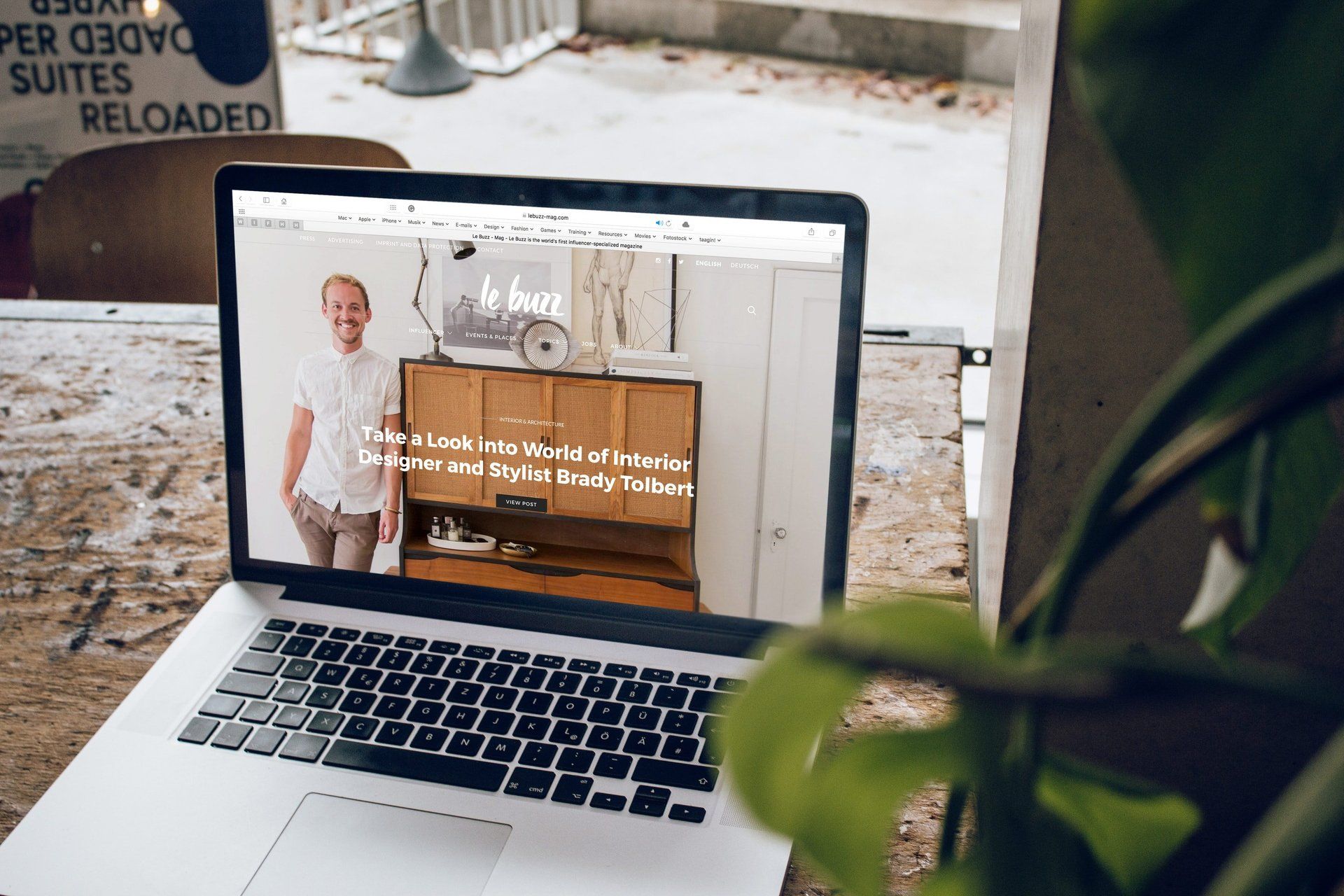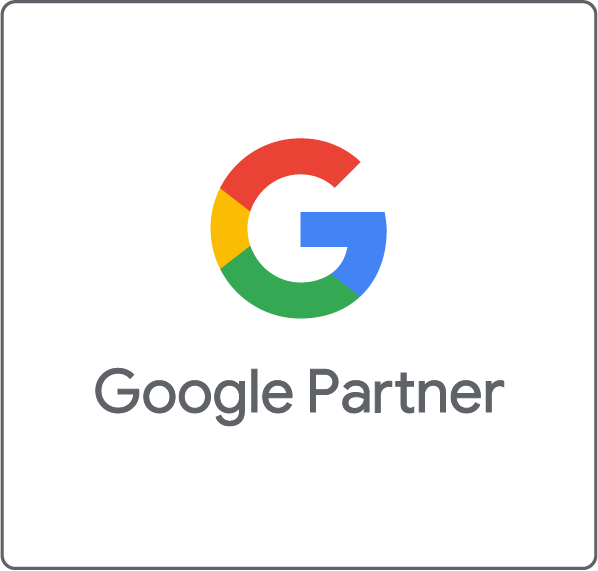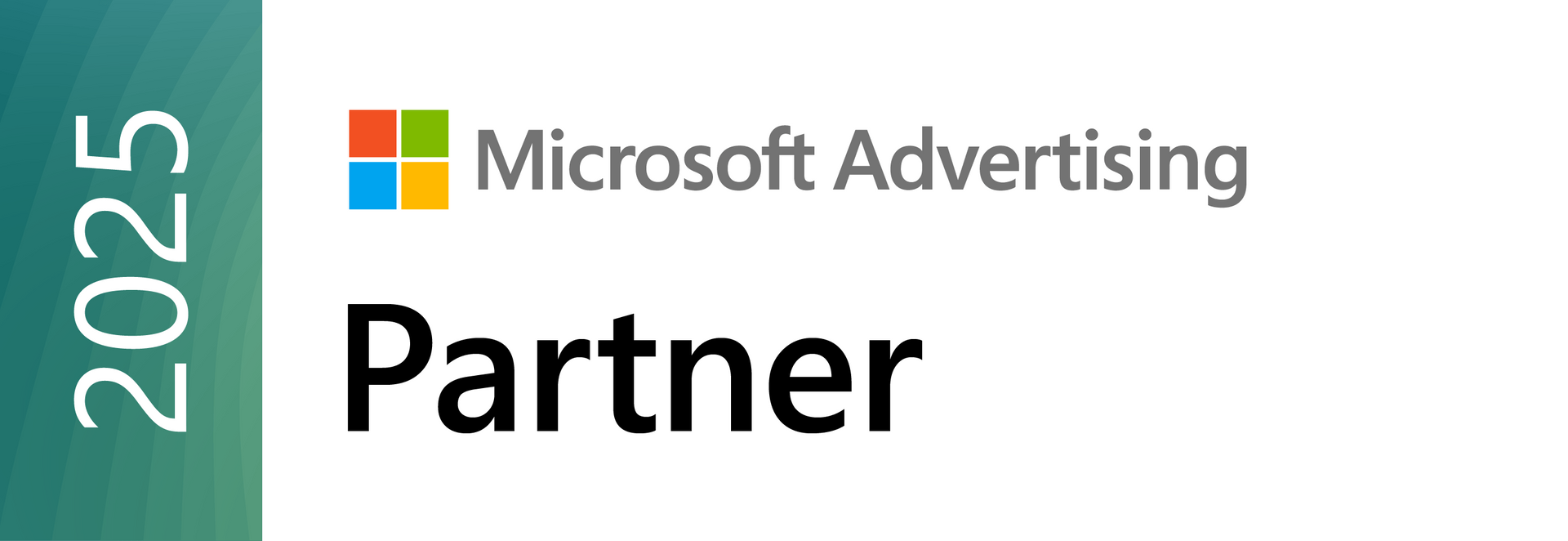- Don't use pop-ups as a design element. An unnecessary interruption not only wastes customers' time but also decreases their trust.
- Design the pop-up to naturally fit in with the rest of your site
- Ensure the ads are responsive
- Write short, persuasive copy
- If you want to collect visitors' contact information, only ask for their email address
- Unless it's part of your brand's personality, do not be passive-aggressive when writing calls to action. Otherwise, simply write "yes/no" CTAs. And, ensure your CTAs positively encourage people to take action.
- Always ensure the pop-up's content is relevant to the webpage it appears on.
- If at all possible, avoid placing a pop-up on the homepage. Keeping this page free of advertising allows visitors to familiarise themselves with your brand. Having said that, Google does permit you to add a privacy policy to your homepage.
- Remember, Google does not allow over-sized modals, interstitials or pop-ups on the homepage of mobile optimised sites.
- You can design a different type of pop-up ad for each device type.
- Always ensure website visitors can get out of the pop-up ad easily. They should be able to either click outside of the area or click on an "X" button on the top right-hand corner of the ad.
- To prevent customer frustration, time the pop-up to appear at the right time during the site visit. The ideal time is usually when a user is about to leave the site.
- Set frequency limits on your pop-up ads. This will ensure that customers won't see them on each page they view, or every time to visit your website.
- If you think visitors won't mind the interruption, place pop-ups in the centre of the page.
- Always use a "sticky bar" to share details of a special offer
- To lessen intrusion, place the pop-up on the side of the webpage, and finally;
- Apply audience segmentation to the creation of pop-ups. This way, the messages will be targeted specifically to your demographic.
About PupDigital
PupDigital have your digital marketing needs covered. From online advertising to website design, we can help. Based in Canberra, servicing the world with quality, down to earth digital marketing services.
Subscribe
Enter your email below and we will keep you up to date on the latest insights into our world of digital marketing.
Contact Us
Thanks, we promise your data is safe and we will never spam you.
Please try again later.
You might also like

PupDigital have your digital marketing needs covered. From Google Ads and Meta Ads to website design, we can help.
Based in Canberra, servicing Australia with quality, down-to-earth digital marketing services. We don't outsource anything and our directors work closely alongside our team to ensure our clients receive the best service and results.
Quick Links
PupDigital acknowledges the Ngunnawal people as the Traditional Owners of the land we work and live on, and Traditional Owners across Australia. We respect their culture, connections to land, water, and community, and pay respect to Elders past, present, and emerging.
Services
Google Advertising
Facebook Advertising
Linkedin Advertising
Instagram Advertising
Social Media Content
Web Design
Graphic Design
Sales Funnel Strategy
Email Marketing
Copywriting
Podcast Advertising
SEO
All Rights Reserved | PupDigital | Privacy Policy







